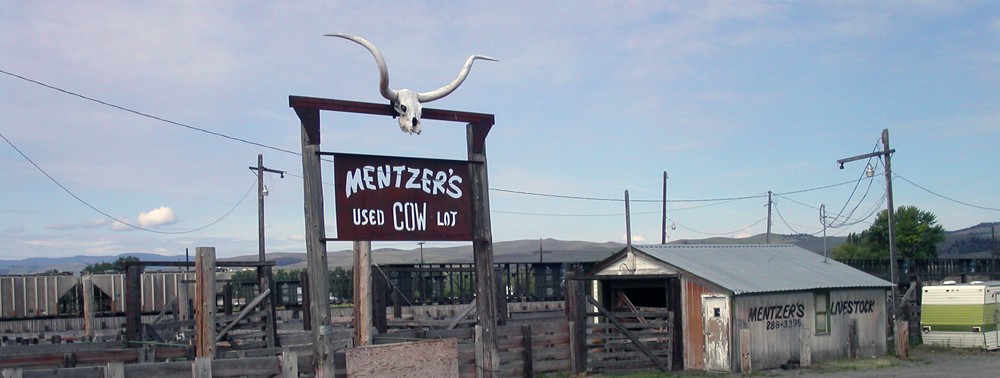
Meeting attendees study handouts illustrating bike lane alternatives.
Yesterday the District of Columbia Department of Transportation held a public meeting to share revised alternatives for proposed protected bicycle lanes in the city’s Shaw neighborhood. The meeting followed an earlier event in October 2015 where African American church congregations found themselves in an adversarial position against bicycle lane proponents.
It was the latest chapter in more than a century of gentrification in Washington.
More than 300 people packed the auditorium in a D.C. charter school. After presentations from D.C. transportation officials, nearly 50 D.C. residents shared their comments. According to the meeting moderator, District officials had already received more than 2,000 comments about the proposed bike lanes.

KIPP DC-WILL Academy auditorium shortly before the meeting began.

